The origional idea was to take some basic inexpensive parts from china and put them togethor to make a dual output bench supply. A primary converter from 120VAC to 35VDC is quite available, and small bucking modules from 32VDC to 0-30VDC are quite available. a few modifications and throw on some usb monitoring and or control and I'd have a nice new supply. Easy right?
Well, not quite. I'm building a full on 2 channel 5A 30V supply, 300w...
 Rue Mohr
Rue Mohr
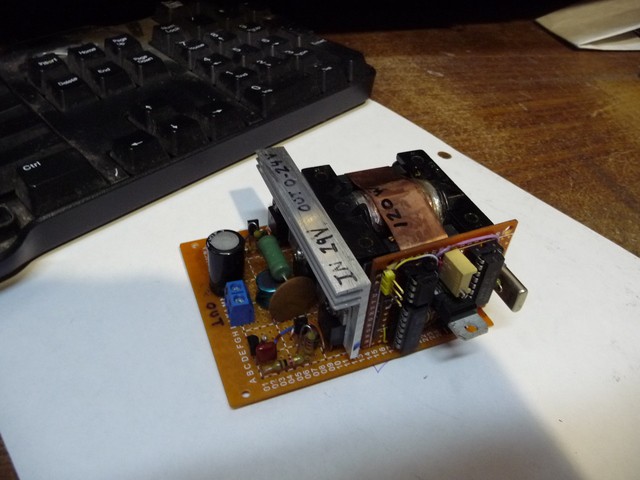
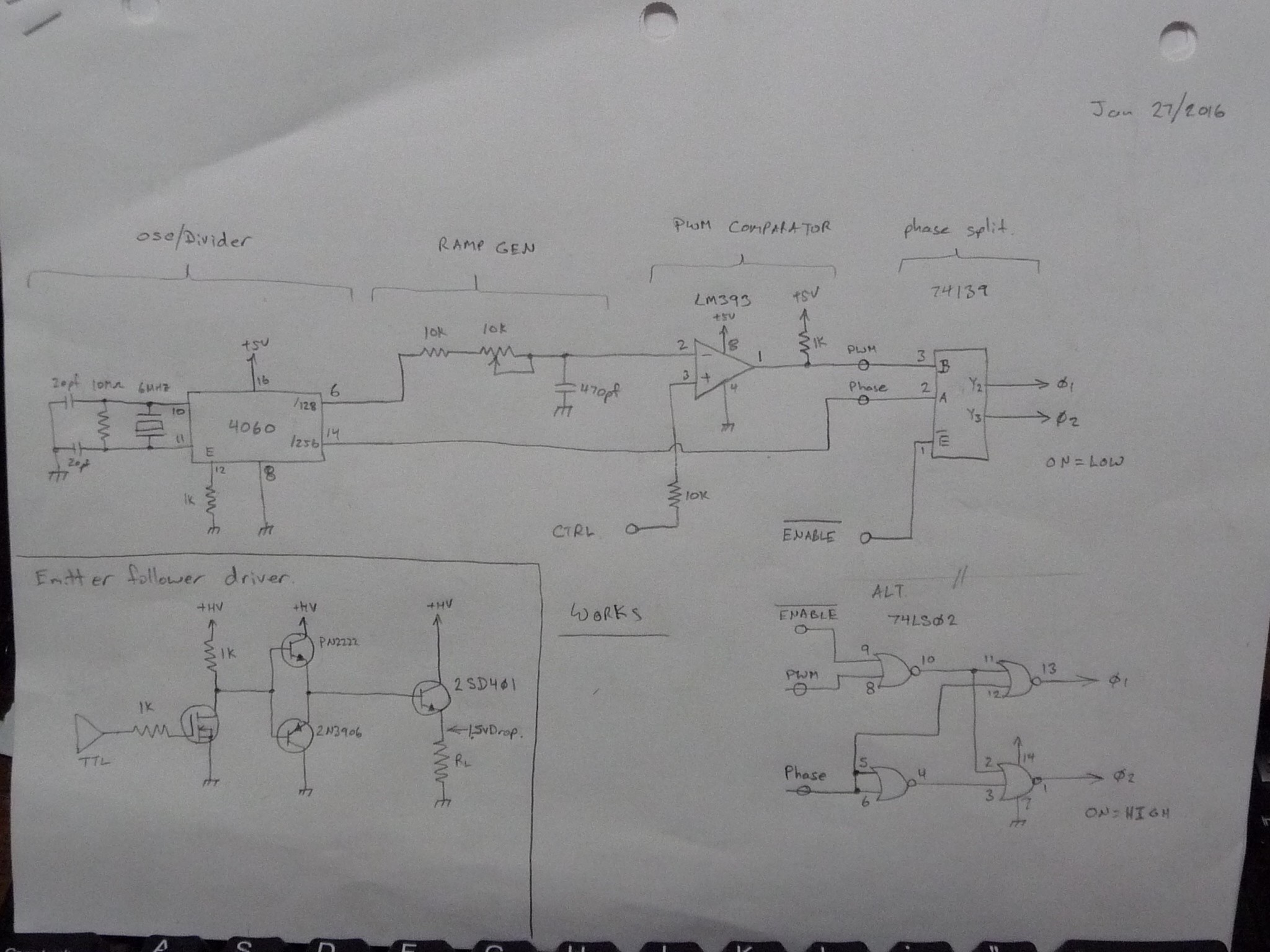
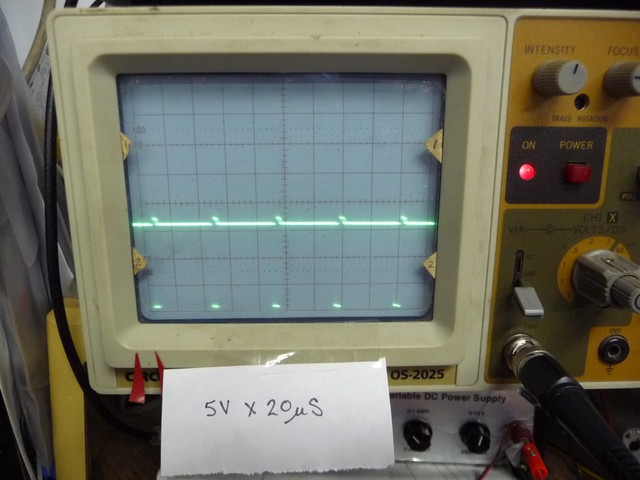


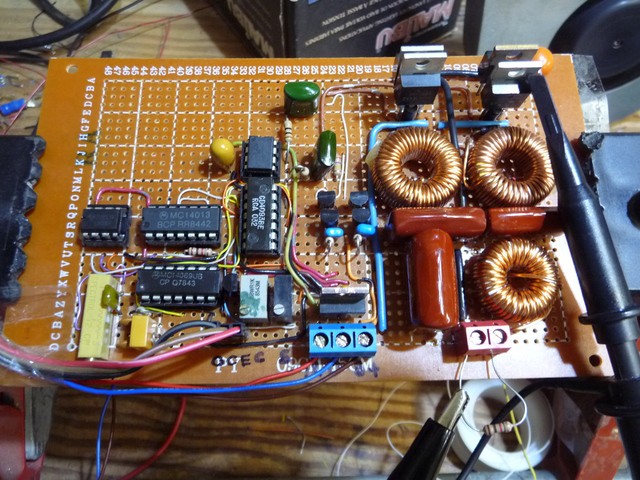
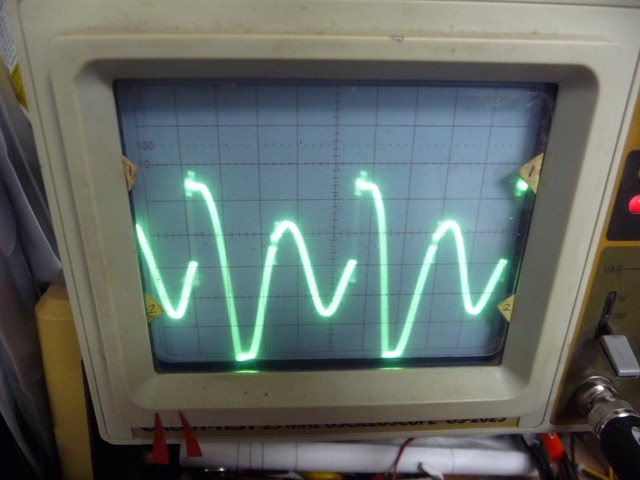
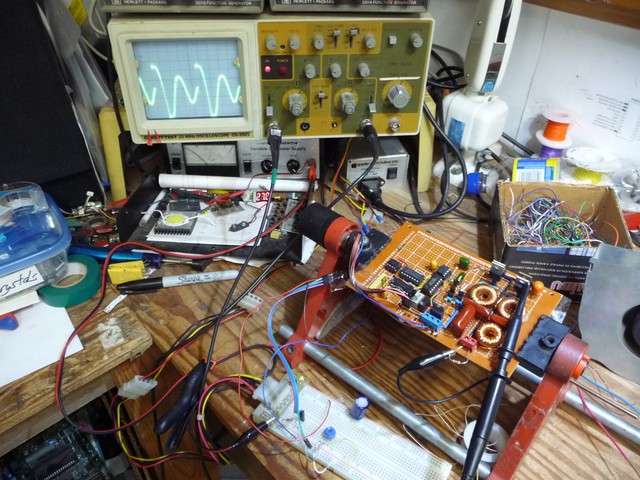
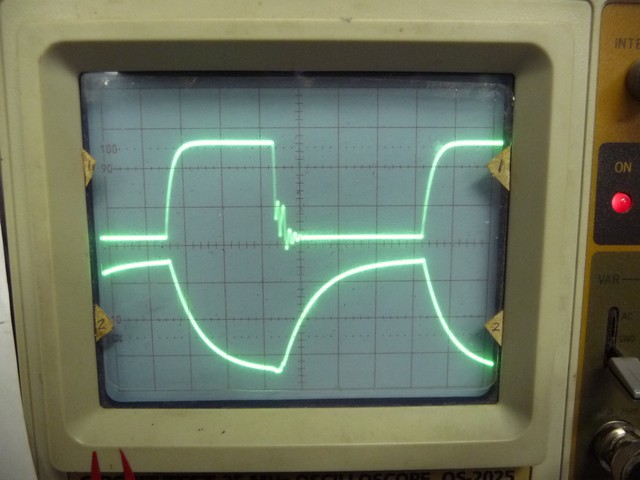
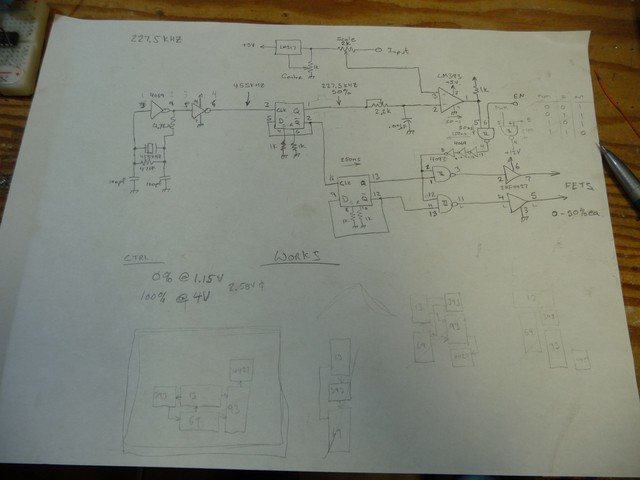
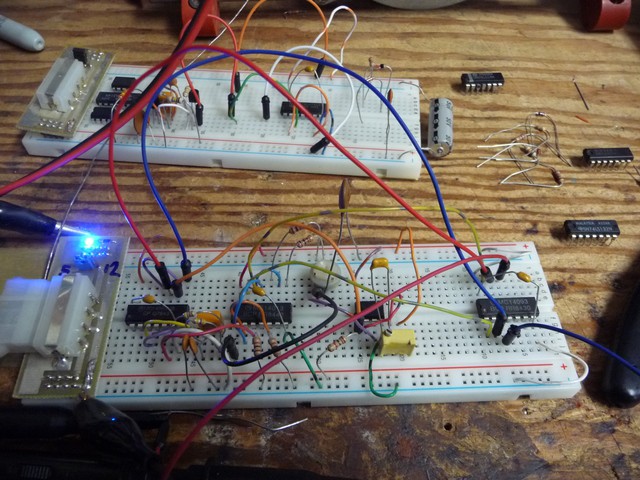
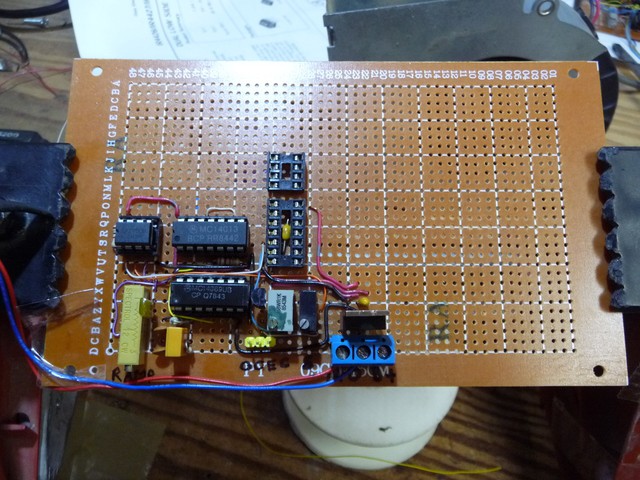
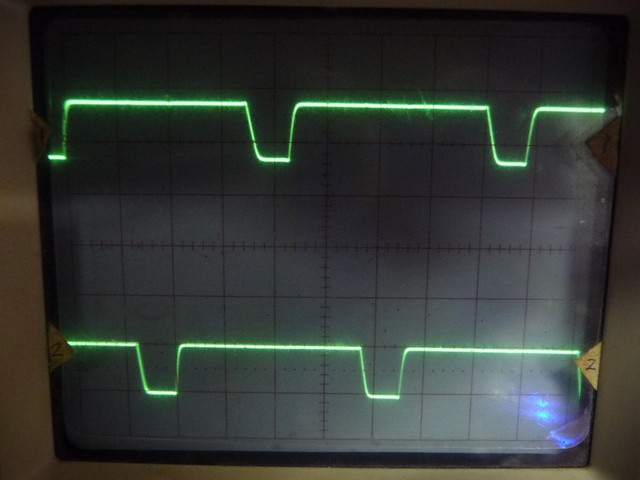

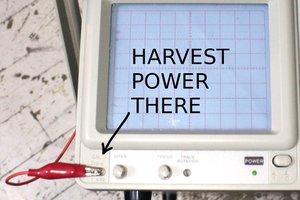
 Yann Guidon / YGDES
Yann Guidon / YGDES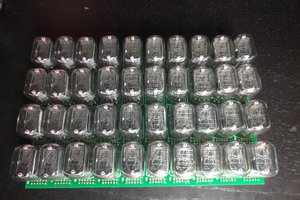
 robert.c.baruch
robert.c.baruch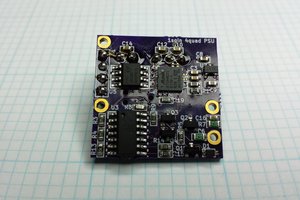
 Martin Held
Martin Held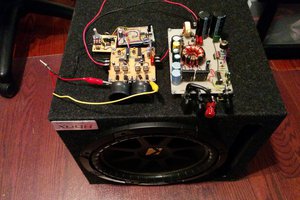
 Boolean90
Boolean90